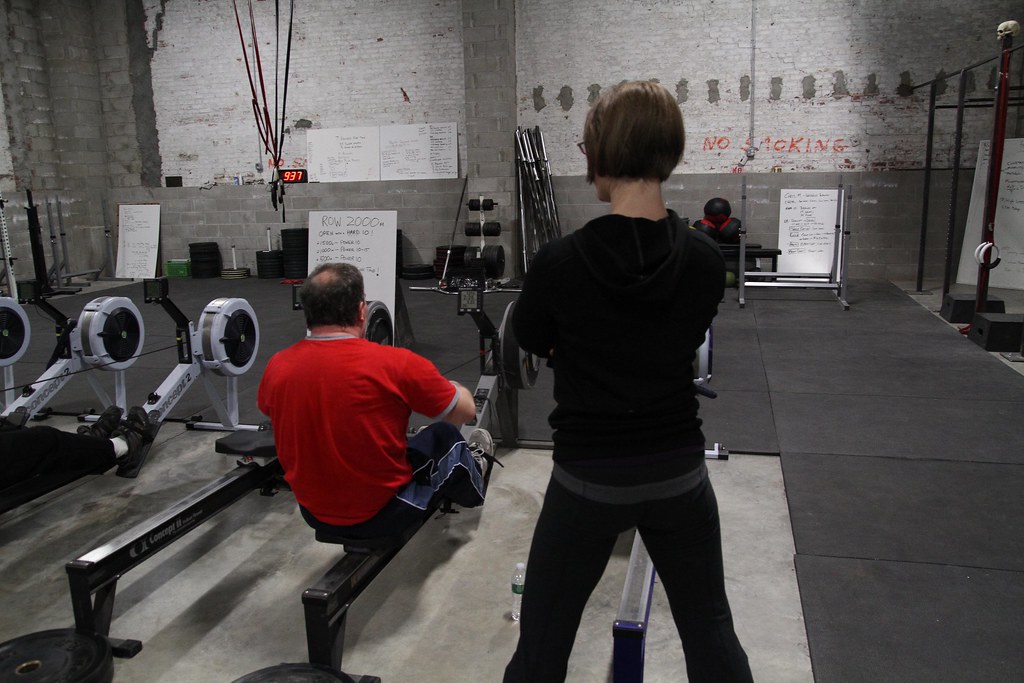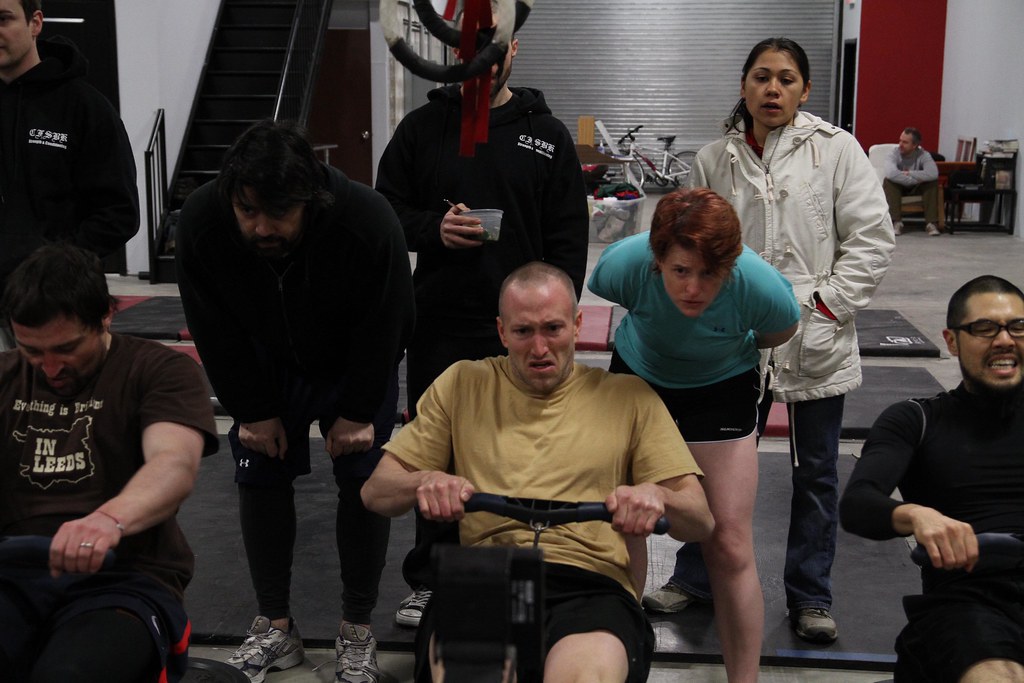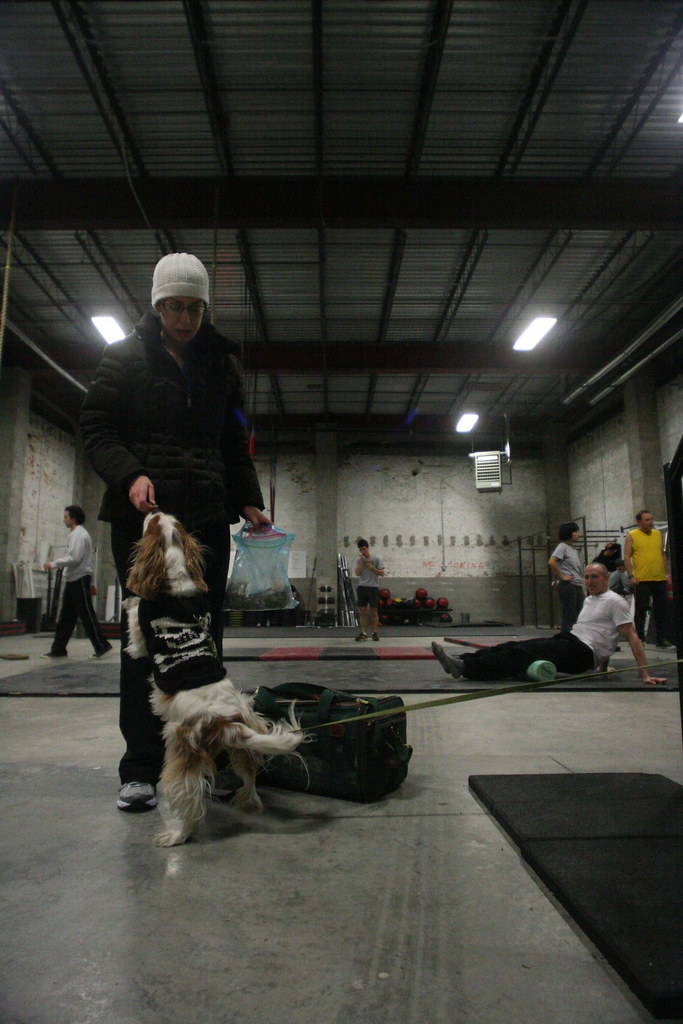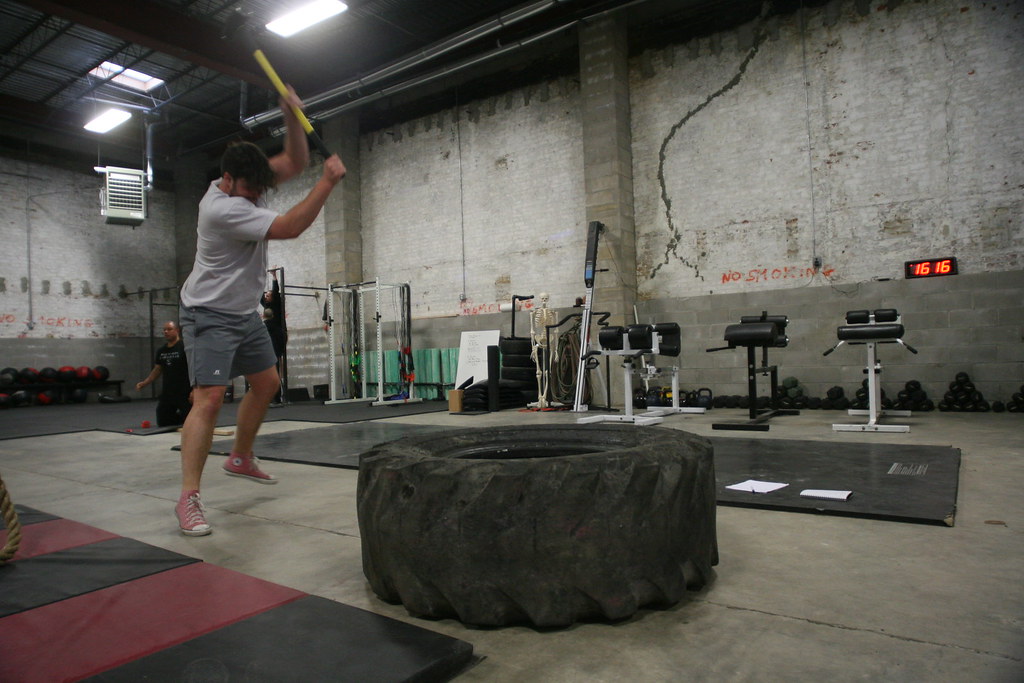As many rounds as possible in 10 minutes of:
30 Double Unders
10 Kettlebell Swings, 2 pood/1 pood
Post rounds and weight to comments.
Skill Work
Free Standing Handstand Practice
Same Cost, Different Price
Our new payment software, Volusion, runs off a monthly billing cycle rather than the four-week billing cycle that Mind Body used. What this means, is that in order to keep the cost per class the same, we have to adjust our billing rates. Starting in March, the monthly rates will be as follows:
2x/week: $18/class, $157/month
3x/week: $15/class, $195/month
5x/week: $10/class, $216/month
While this looks like a price increase, it's most certainly not. You'll be paying for the same amount per class on a slightly longer contract. Over the course of a year, a CFSBK member would be paying 12 billing cycles on Volusion as opposed to 13 on our old system.
By not adjusting our rates, we'd experience about an 8%-10% drop in revenue which, with all the new costs of our new space and program is simply not feasible.
If you're paying by cash or check for a monthly contract, we're going to update you guys to the same price structure as well. This means that you'll now be able to pay on the same day every month as opposed to adjusting your payment date every time.
If you have any questions, please contact David in person or via email David(at)CrossFitSouthBrooklyn.com




